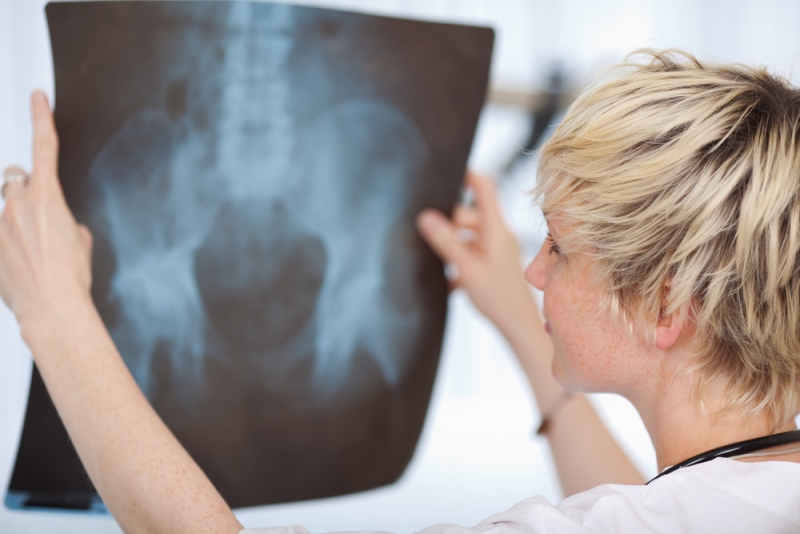One of the fastest evolving arthroscopy techniques, hip arthroscopy, is an integration of benefits of a minimally invasive process and a short rehabilitation period. An advanced HD camera along with special medical instruments is used to visualize and work inside and around the hip joint. It is often labelled as a ‘hip scope’ as well. All in all, it is a minimally invasive surgery of the hip during which the surgeon examines the inside of the hip joint via an arthroscopy.

A Premise
The hip, as we all know, is a ball-and-socket joint. The socket is formed due to the presence of acetabulum; part of the large pelvis bone. The ball forms the upper end of the thighbone along with which there is an articular cartilage; a slippery tissue which encapsulates the ball surface and the socket as well.
Now that we’ve gotten past the nitty-gritty, here are some surgery packages for hip arthroscopy:
- Labral tears: Damage to labrum
- Synovitis: Inflammation of Joints
- Surface cartilage damage
- Early arthritis
- Ligamentum tears
- Loose bodies
- Snapping hip syndromes
Handling the Myth
There is often a common misconception that hip arthroscopy (and many other associated problems) happens primarily to the aged people. However, many young individuals in their 20s and 30s are now going for Hip Arthroscopy surgery in Mumbai. Even though it might be a more common among elderly persons, there no denying that this illness knows no age. Such medical conditions that demand hip arthroscopy is mainly associated with individuals leading a very active lifestyle. Youngsters who put very high demands on their hip joints end up damaging them and weakening the strength of the joint. This might come as a surprise that individuals who indulge themselves in rigorous physical activity tend to be more in danger, but the reality is that joints have their limits and physical activity also needs to be done in moderation.
When is Hip Arthroscopy Recommended?
- Synovitis – This affects the tissues surrounding the joint
- Fragments of the cartilage or the bone becoming too loose and in turn, moving around.
- Dysplasia – This occurs when the hip socket becomes too shallow putting more stress on the labrum, in turn running the risk of tearing it down.
- FAI – Femoroacetabular impingement occurs in cases where an extra bone (bone overgrowth) develops along the pincer impingement or the cam impingement.
- Hip Joint Infection
Times – They’re a-Changin’
The improved knowledge of subtle hip disorders has led to solutions that better address the damage through advancement in surgical techniques. The major goal of hip arthroscopy is to figure out any deformity in the initial stage, and with the advancement in the field, successful surgeries can now empower the patient to return to their active lifestyle without any pain. Though the body functions without any problem initially and the pain, bearable, a prolonged ignorance can lead to severe damage. A timely identification helps to postpone or completely avoid the open hip surgery or total hip replacement.
Since it is becoming too common these days; the surgical procedures are now available in all major cities of India. However, hip Arthroscopy treatment in Mumbai is one of the most preferred for the city’s advanced, reliable, and skilled surgeons. No wonder why patients suffering from this particular disease are flocking to the city for a permanent solution.
The recovery time for a hip arthroscopy patient is very less as the wound takes only about 7-10 days to heal completely. Low impact activities can be resumed from about 4 weeks of surgery and most arthroscopy patients are fully functional in six to twelve weeks.
